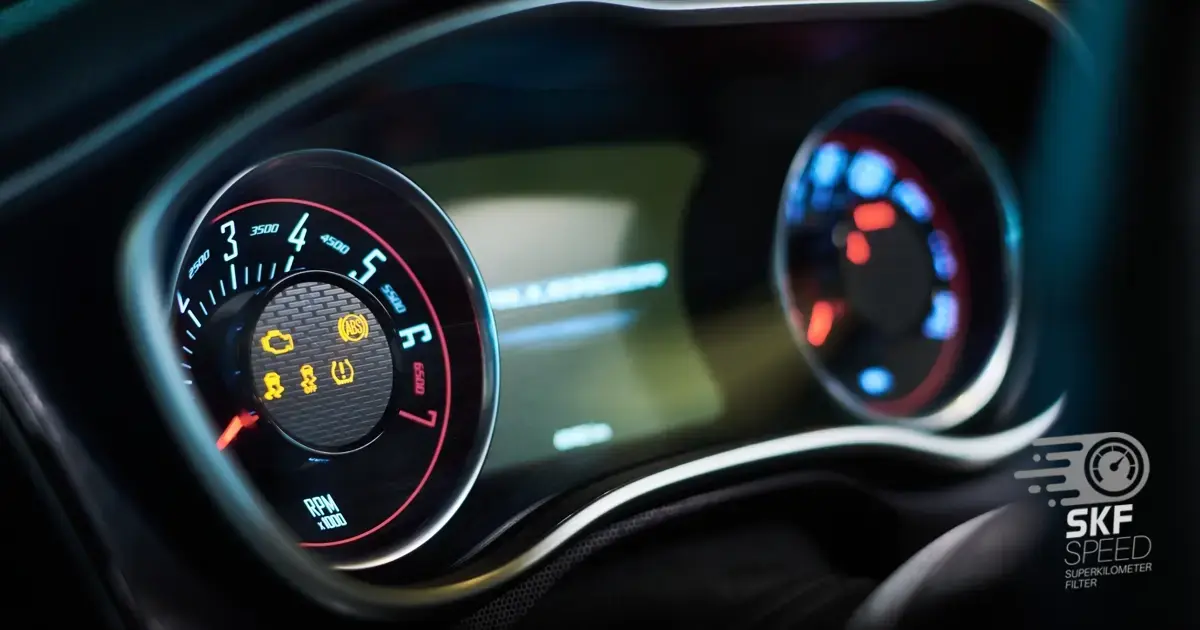
Odometer reading is one of the crucial elements in evaluating a vehicle’s value, as it shows the number of miles it has driven on the road. As long as it determines the price of the automobile, the correct data is pivotal for every buyer. On the other hand, the owner needs to be careful and precise in recording the mileage data every time they need to do it because it can be misleading when evaluating and maintaining an automobile. Providing incorrect information doesn’t only incorrectly represent the condition of the auto, but one may also face legal consequences.
So, whether you are a seller or buyer or you want to manage things better, accuracy always serves you well. There are several reasons for wrong showing, including mechanical and electrical factors, as well as intentional rollbacking or fraud. In short, the more you know, the better you are armed for any scenario. Let’s start with the general definition of odometer reading to have a big-picture view of what’s going on in general.
Odometer reading is the total miles the car has covered since it was first put into service. We can retrieve it from the device, known as the odometer which is located on the vehicle’s dashboard. Depending on the country, the measurement is recorded either in miles or kilometers. You can come across various types of odometer readings in the titles: Actual, not actual, exempt from reporting, exceeding mechanical limits.
When the odometer reading is exact and believed to be true and displayed on the odometer. The indicator of genuine mileage is the general condition of car components, the quality of the wear and tear, and the condition of the odometer; In short, checking the mileage in the car title and comparing it with figures on the actual odometer.
When the title says it, it means that the data is suspected to be inaccurate. There are a number of reasons for this. These are the following:
Back in 2021, NHTSA (U.S. Department of Transportation’s National Highway Traffic Safety Administration) changed the odometer disclosure requirement, it has increased from 10 years to 20 years, which means that cars older than 20 years will be free from reporting. For example, in 2032, vehicles produced in 2012 or older will be exempt; in 2033, the exemption year will be 2013 or older, etc. As it seems, those changes aim to help potential buyers know accurate data and not unreliable information to protect themselves from overpaying.
It refers to the situation when the odometer reaches its limits, the highest possible number, and starts numbering back. For instance, if your vehicle has a 5-digit odometer, it means that it is physically limited to show more km or miles than 99,999. So, it will reset to 00,000. Needless to say, it is inevitable, and showing can’t be accurate.
No matter whether you sell your used cars or not, it would help if you cared about your odometer reading at any rate, as long as the health and wellness of your automobile vastly depend on this information in terms of maintenance. Let’s see what it’s like in the paragraph below.
Your vehicle maintenance greatly depends on the current mileage information due to several reasons, including scheduled maintenance, timely fluid replacements, wear and tear, compliance with warranty guidelines, and safety.
As you can see, the accuracy of mileage data plays a decisive role in maintenance; however, it signifies that more than one may consider it. Let’s delve into this in more detail.
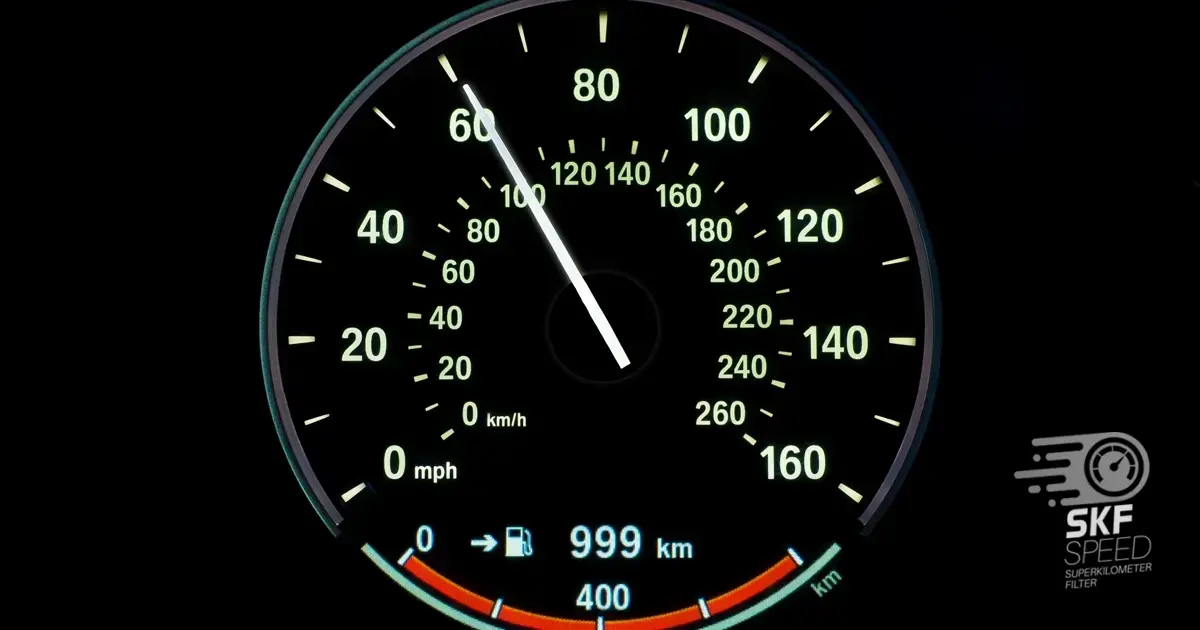
When you are going to purchase a used car, one of the first things you should pay attention to is what is odometer reading and how reliable it is. As NHTSA estimates, odometer fraud affects hundreds of thousands of vehicles annually, costing billions of dollars.
Odometer fraud involves rolling back, resetting/altering, and “clocking” the odometer to change existing figures. The primary purpose is to lie to potential buyers and gain financial profit. Unfortunately, it is very common, and all you can do is prevent yourself from becoming a victim. When we talk about prevention, we mean identifying potential fraud and taking measures against it. We will explore this in the upcoming paragraph.
There are several things you can do to identify potential rollback, including checking documentation and comparing it with existing mileage records. However, you need a multi-layered approach when it comes to investigating whether you are told the truth or not about the mileage. Speaking in concrete terms , you need to consider the following:
There are plenty of devices on the market that are helpful tools for those who want to alter mileage-related data. However, they serve different purposes, and their degrees of effectiveness vary. One widespread tool is a rollback device, which aims to roll back existing mileage figures. Performing this manipulation without reporting and documenting is against the law.
Moreover, this manipulation is mostly easily detectable because those devices do not alter mileage without a trace. This data stays in altered in one place but stays in other control units of the automobile. Routine scanning is enough to detect this discrepancy, so individuals who try to hide this alteration may face legal charges according to the strict legislation of some countries; among these countries is the United States.
One way or another, people search for sophisticated tools that are designed for absolutely different purposes and use them for their own good. Among those tools is the Mileage blocker, a device meant to stop the mileage recording process in all control units as long as the tool serves its purpose without leaving a trace. Let’s take a closer look at this unique device.

Mileage blocker is produced in Germany with premium quality components. The primary purpose of the tool is to allow individuals to use it for testing and tuning purposes. Surely, manufacturers do not recommend the usage of the product on public roads. it stops recording mileage from all control units and makes its effect completely untraceable.
The blocker is paired with a mobile application and offers a user-friendly installation, making it superior to its counterfeit counterparts. You can purchase the device for almost any maker and model.
Odometer reading is worth attention, as it affects most aspects of the vehicle, starting with the well-being of the auto and ending with avoiding legal charges. Tracking odometer data is not only cost-effective in terms of maintenance, but it also affects insurance. So, always take a closer look at this worthwhile data and do not underestimate it.
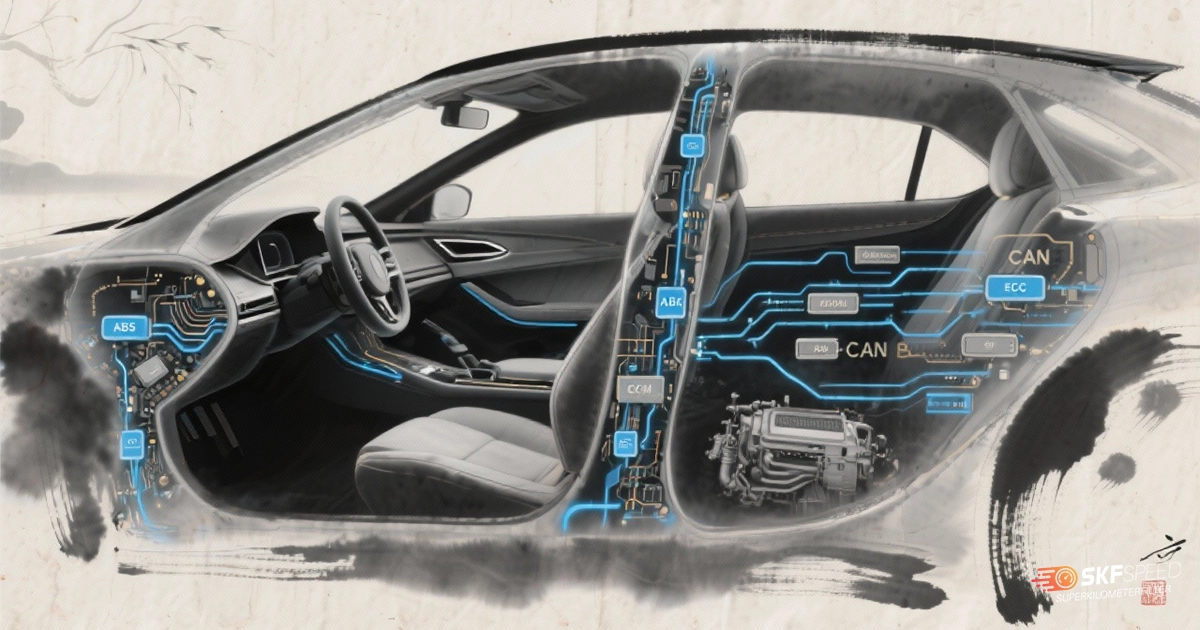
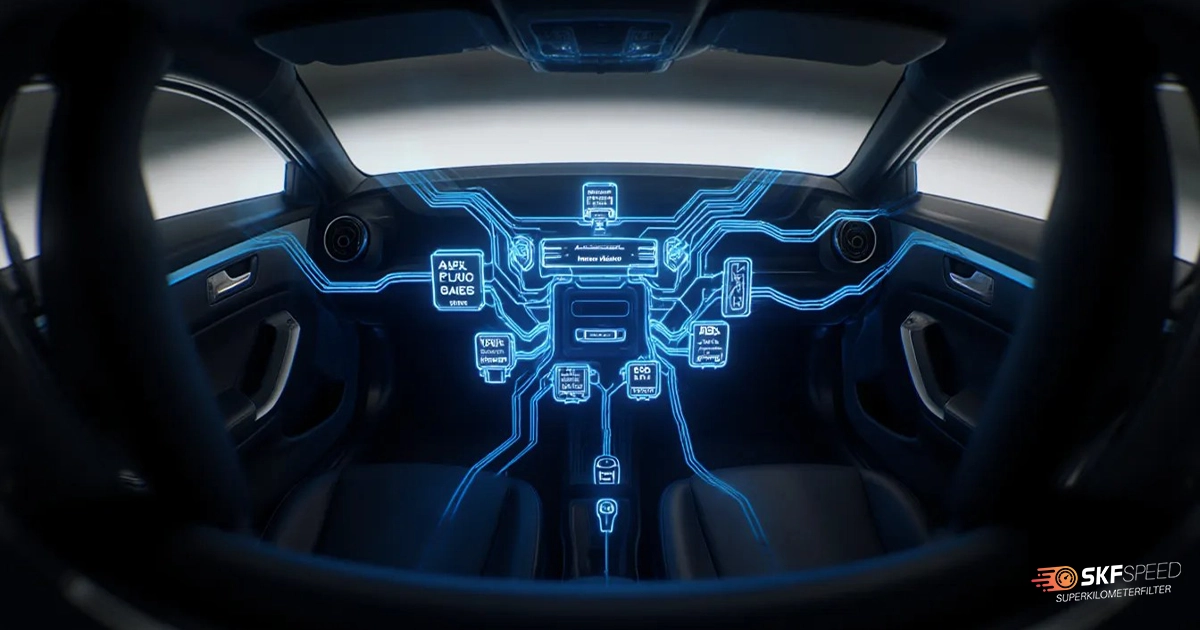

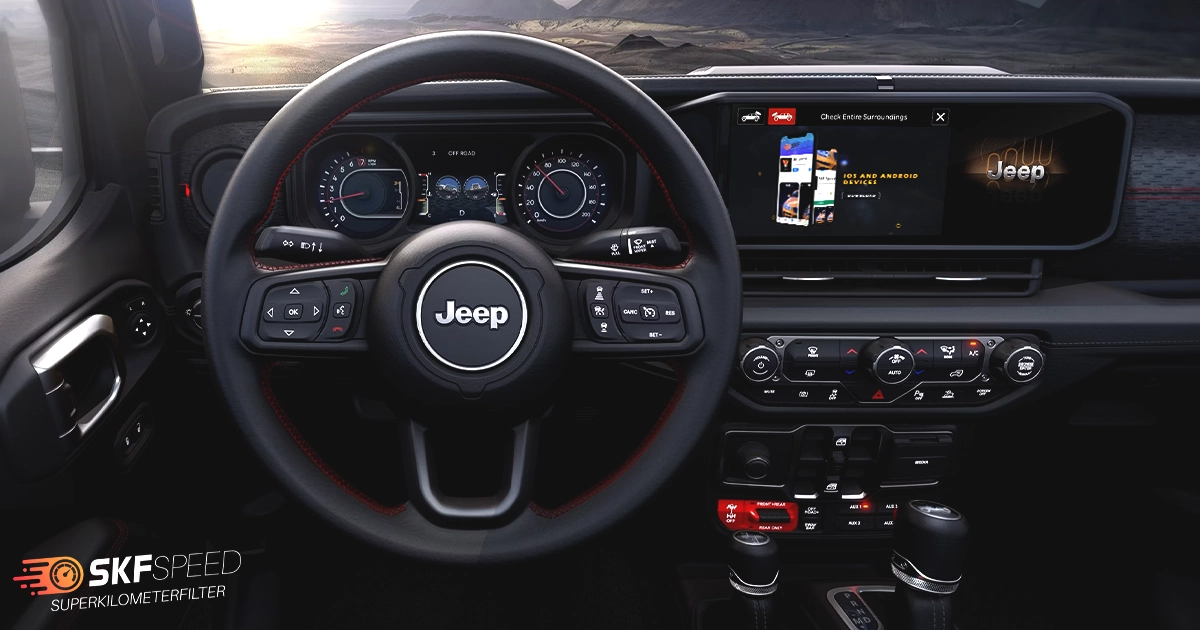


Here you will find all the details about our company
Here you will find shipping and return related information
Here you will find information on all technical questions
Here you will find helpful information about installation